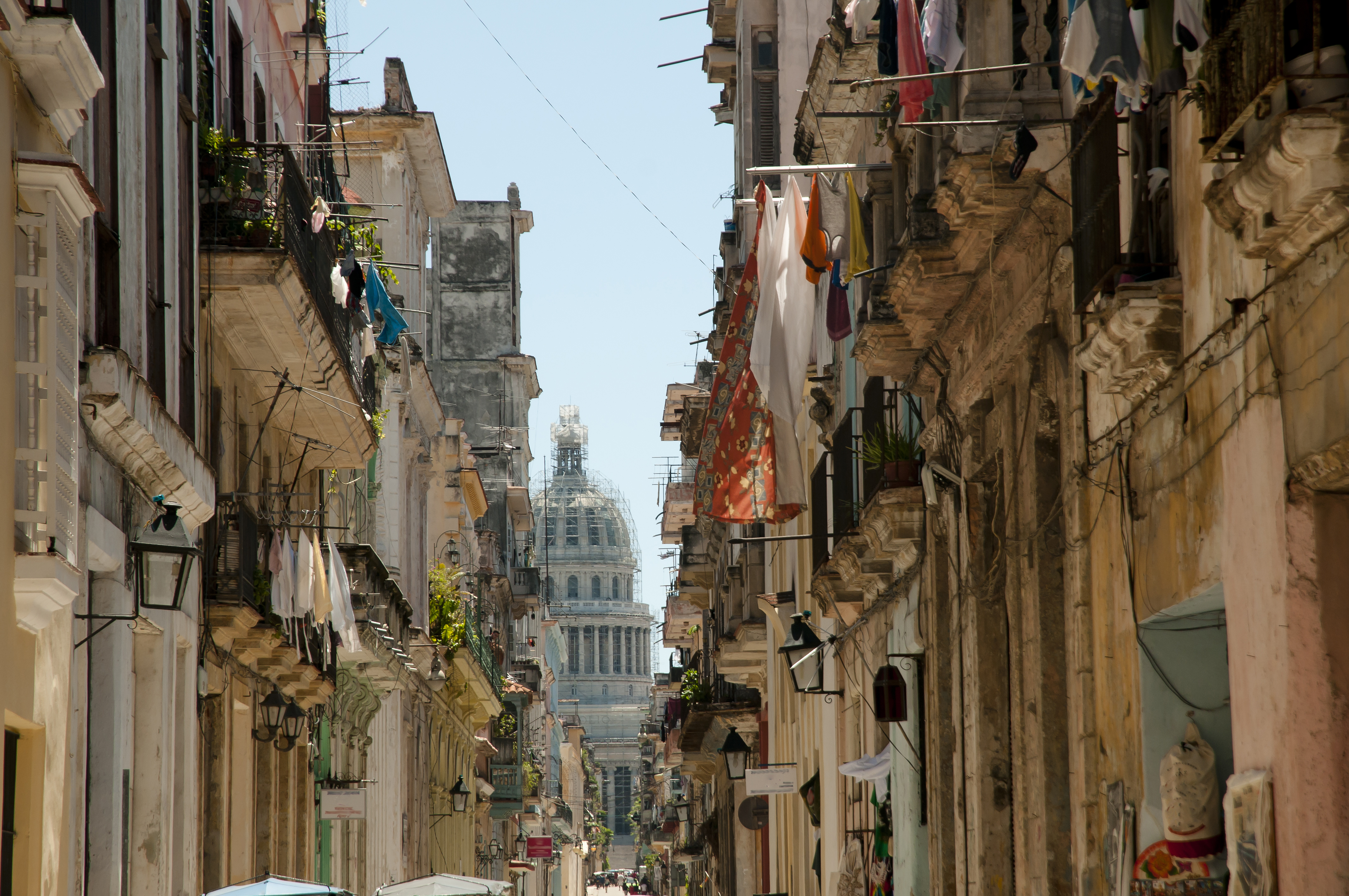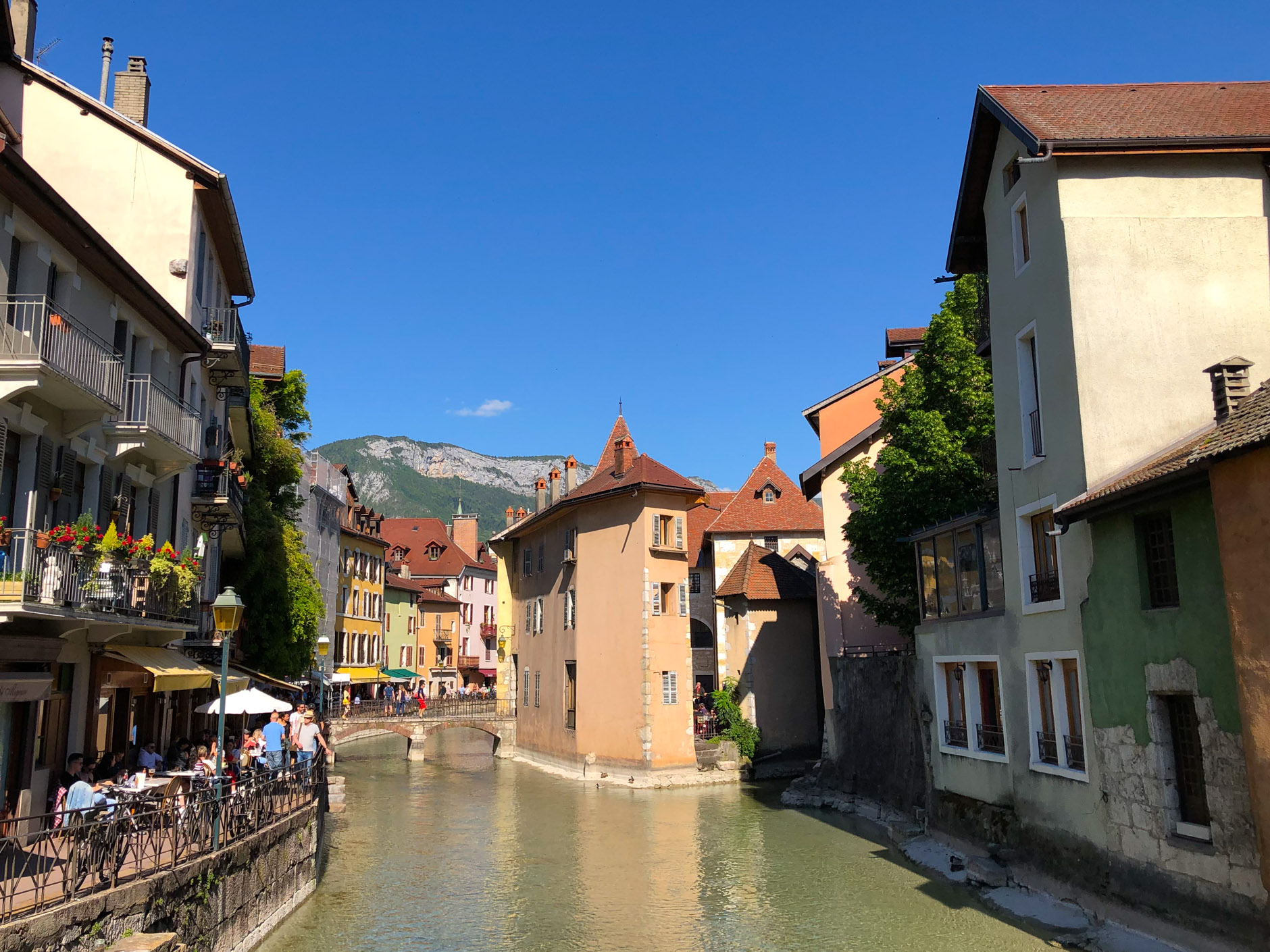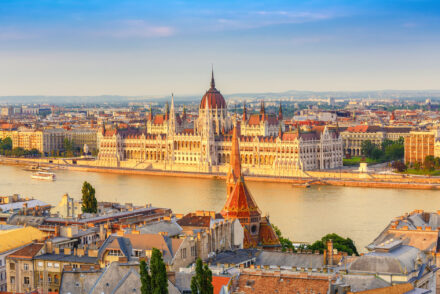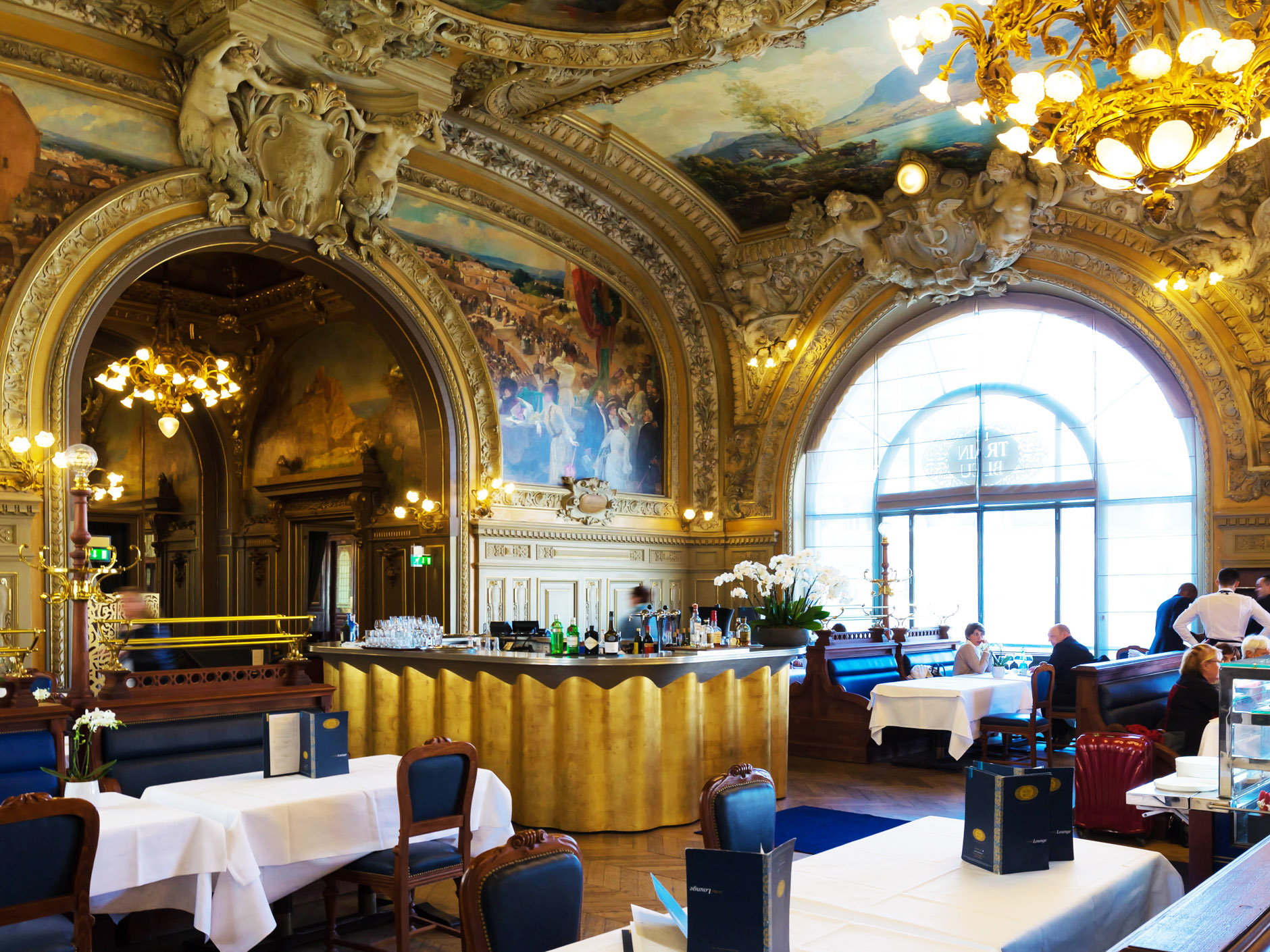Somehow, we all know about Cuba. We know it is the portico of the New World, where Columbus landed in 1492. We know it is one of the last surviving communist countries in the world – sharing that honour with North Korea. We know about the glorious revolution of 1959 and the heroics of Fidel and Che. His face still plasters the bedroom walls and the t-shirts of teenagers around the world. Once they knew my holiday plans, my friends sent me their itineraries. Of course, they’ve all been there. But knowing any of these things – history, politics, transport and lodging options – is pointless. As I soon realised, the thing that defines Cuba is its absurdity.
Once entering the country one has a choice of two worthless currencies, both of which are only obtainable domestically, both of which are called ‘pesos.’ The regular Cuban peso is used by ordinary Cubans to buy shampoo and extra ham to supplement their monthly ration. Apart from that, the peso is so useless you can’t even play Monopoly with it. US dollars were legal in the 1990s, and Cubans with access to dollars could buy luxury goods like toothpaste and radios at ‘Dollar Stores’. However, when the Clinton administration signed the Helms-Burton Act extending the embargo on Cuba, the government withdrew the dollar from circulation and introduced a convertible peso or CUC (pronounced ‘cook’ by Cubans) instead. The CUC is Castro’s ingenious plan to hoard foreign currency. While it holds nominal parity with the US dollar, exchanging the dollar incurs a 10% commission, encouraging Americans to bring their spare Euros, Pounds and Yen to the island.
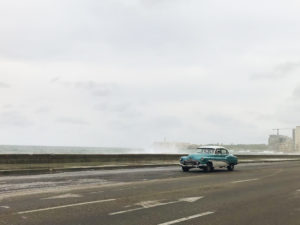
An American classic car on the Malecon
The socialist notion of time seems to differ from ours. Or it could well be the socialist notion of money. At Havana airport, there was an hour-long, five-person queue at the money changers. If you run a money changer, the more people you serve the more you earn. If the state runs a money changer, your salary doesn’t depend on the profits, so why hurry? When it was finally my turn, the clerk in a poorly cut peaked lapel polyester suit handled cash with the disdain of a sewage worker on his first day at work. As if counting money was a sin, he unwrapped a packet of cash with the tips of his fingers, put every note through the counting machine, before wrapping them back up in a plastic bag. “Stay here”, the man gruffly instructed as he sauntered off for a smoke, desperately needing a refreshment after all that pointless activity. When he finally decided to oblige me with pesos, I caught a glance of his watch, a previous generation gold Rolex Submariner. A watch like that would cost the equivalent of 100 years on the pittance of an official salary. Naturally, it told the wrong date.
“You come from America?” asked the taxi driver taking me into central Havana. “Your luggage says New York. We get less tourist from America now. New president don’t like Cuba.” That much is true – Obama’s attempts to normalise relations between the two countries were swiftly struck down by The Donald once he came into power. Since 2017, US citizens visiting Cuba could only do so via organised tour groups, driving down hotel occupancy rates and restaurant bookings. We drove back in time, past crumbling grey concrete buildings in fields and communist tower blocks, past the early 20th Century mansions and the Melia Cohiba Hotel and onto the Malecon. This 8-kilometre long seaside highway that cuts straight into the centre of 500-year-old Old Havana was awash in ocean spray, the sea wall acting as the city’s humidifier. Turning off the highway, the old town square was surrounded on all sides by beautiful classical Spanish buildings along roads barely wide enough for tanks. How the tanks would get there I had no idea, as the boulevards led almost immediately into the narrow grids of residential neighbourhoods, where Havana’s poorest lived in derelict colonial townhouses.
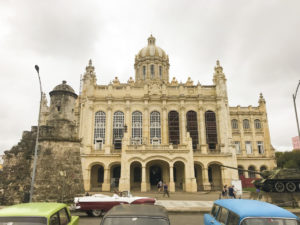
Museum of the Revolution
This part of town has museums on every corner, such as the National Museum of Art (which houses a magnificent collection of post-revolutionary artwork), the Havana Club Museum of Rum (which for all intents and purposes is a mojito bar with a walking tour), and the Pharmacy Museum collecting intricate pottery from a bygone capitalist era. Batista’s glittering presidential palace has been turned into the Museum of the Revolution; a poorly translated propaganda exercise accompanied by an assortment of Portobello Road trinkets in dusty display cases. All mentions of Batista are immediately suffixed with ‘tyranny’. The whole thing looks like it is curated by someone who specialises in car boot sales. One of the exhibits is a shirt that Che supposedly wore on New Year’s Day 1959 next to a flag and a bayonet – theatrical props for Cuba’s creation myth.
Strangely enough, the city seems to suffer from a lack of communist iconography. Russian cities remember the past with headless statues of gruesome dictators, fading hammers and sickles persisting on dark concrete walls. But Cuba is not really a communist state, having only become one by accident. In order to survive the US blockade, it turned to the Eastern Bloc and imported Soviet oil, Soviet cars and Soviet economics. The Soviet personality cults, military parades and brutalist architecture were lost in transit, and it shows. Cuba is still the purest expression of socialism, with the state employing 80% of the workforce and providing free education, healthcare and basic necessities. Its people are united by a siege mentality, not by coerced adoration of a Dear Leader. As such, Havana contains no statues of Fidel, nor has any streets named after him. Walking around the old town, one might be forgiven for thinking the leader of the revolution was Ernest Hemingway.
Bars
Boy do they adore Hemingway here. The El Floridita bar is the religion’s main temple in Havana, the head bartender its abbot. A signed quote from Papa hangs framed on the gaudy blood-red wall behind the counter. Like a temple it deals in legends, not drinks. An unused cocktail shaker lay on the back bar collecting dust, while the three ice blenders whirred and churned incessantly. The almost all white clientele stream in throughout the day, devotees clutching battered copies of The Old Man and The Sea, drinking forgettable daiquiris accompanied by overpriced Cuban sandwiches. Awful, dry, alkaline sandwiches. The ‘Cuban sandwich’ that tourists know, with its cheese and salami and roast pork was invented by Cuban immigrants in Tampa, Florida. It is then exported back to the island to be sold only to foreigners. The real Cuban sandwich is made with pink ham and plastic cheese in a loaf of breadcrumbs.
Restaurants
Havana is home to a growing number of private restaurants, or paladres, serving exclusively tourists at tourist prices. None of them are particularly Cuban, or any good. At the famous La Guarida, the location of the 1996 Oscar-nominated film Strawberry and Chocolate, the menu is as European as it can get away with. A knock-off Pigs Trotter Pierre Koffmann stands next to beef tartare and artichoke soup on the menu. My starter, a tuna carpaccio, was served lukewarm and drowning in olive oil to mask the stench. A red snapper fillet was cooked exactly à la Parsons, down to the crisps garnishing the dish. Despite being able to see and hear the ocean a few streets away, the fish tasted as if it came from a different one a long time ago. Then the dessert arrived. The restaurant ran out of the Strawberry and Chocolate fondant, so one of the waitresses suggested I have the ice cream and baked pineapple pastry instead. She fluttered her eyes at me in such a way I could only say yes. It was a mistake through and through, as the pineapples were dry, and the puff pastry was flatter than dinner party prosecco left out until the morning after.
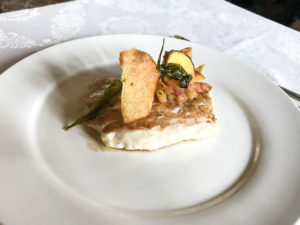
Fish at La Guarida
At El Cocinero, a romantic rooftop spot in the Vedado district, the special off-menu item was grilled lobster. As a matter of fact, most restaurants have grilled lobster as their off-menu special. All lobsters are the property of the government, a luxury item reserved for tourists and wealthy Cubans with convertible pesos. Ordinary citizens are not allowed to eat them, which means they have no idea how to cook them. They are always de-shelled and absentmindedly grilled until rubbery. One night I showed my Airbnb host how to poach and finish the shellfish in beurre noisette and she seemed amazed that lobster could be cooked in a pan. She still refused the chance to try it though.
Fusion restaurants have sprung up around old Havana. Casa Miglis is a Swedish-Cuban restaurant on a residential street. The only Swedish thing about the place is the conspicuous blue-and-yellow flag. Due to a beef shortage on the island, they could not serve the signature meatball dish on my visit. The waiter explained that shortages of particular meats is common in Cuba, a mild nuisance to tourists but a real problem for ordinary Cubans.
Buena Vista Curry Club, an Indian-Cuban outlet with live jazz performed by members of the Buena Vista Social Club music group, made the worst biryani I have ever eaten in my life, a dish of spices seasoned with the wrong kind of rice. The jazz, however, was some of the best.
Food shopping
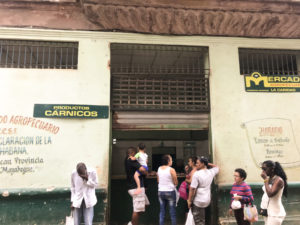
Cubans queuing at the butcher
Cubans receive a monthly ration from the bodega which includes barely enough rice, beans, chicken and ham. These are supplemented with food from the mercados, or markets selling generic products bereft of branding or advertising. They check their bags in the cloakroom and queue to enter the shops, spending tourist money just to survive. Outside of the tourist restaurants, food is simple and cheap. A cortadito, a dark coffee with a splash of warm milk, costs $0.10. Rice with beans, the staple food of the labourer, is $0.50 and very average. Around the corner from my Airbnb was a pizza stall without a name. The friendly owner welcomed me to try some of his food, and while waiting, I spoke in sign language to him and the curious locals. The Spaghetti Bolognese he produced was a steaming, stinking heap of horse excrement, overcooked to hell and proudly unseasoned. It was almost as bad as the Spag Bol in the café next to the Leicester Square Hippodrome. “Fills you up, eh?” asked the shopkeeper. It sure did.
Music
What Cuba lacks in cuisine it more than makes up for in music. It is not all Ibrahim Ferrer though. The youth listen to rap and hip hop and Ed Sheeran but skip past rock and roll. I did not spot a single electric guitar in the whole time I was there. It is still mostly jazz though. At the La Zorra Y El Cuervo club, old school musicians play standards in Bill Evans 3/4 time. Music is everywhere in Havana. Every bar, restaurant and street corner has live music, at any time of the day. Late at night, drunken revellers danced while waiting for the bus, inviting me to join in. On the Malecon, couples and groups drank rum from the bottle, danced the salsa and laughed to the rhythm of the waves crashing in.
Hotels
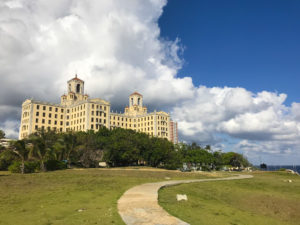
Hotel Nacional
For my last night I put up at the Hotel Nacional, once the Savoy of the Caribbean. The Mafia scene recreated in Godfather II took place here. Everyone famous from Hemingway to Sinatra passed through, and my room had a plaque saying Fred Astaire stayed in it. Reopened to tourists in 1996, the hotel houses a collection of bars. The coolest bar is on the open promenade overlooking the Malecon, facing the sea, live music softly playing through the night. It serves excellent Pina Coladas. The gloomiest is the Churchill, a windowless oak-panelled room adjacent to the main restaurant. Like its namesake, it was brooding, full of ancient liquor and hung up about the glory days. I met an American there, who spends his nights alone smoking cigars and sipping dark rum. He lived in Mayfair at the tail end of the 1970s and dined at Le Gavroche when it was the only 3-michelin starred restaurant in Britain. I told him the cheese soufflé was still on the menu. “Some things don’t change then”, he remarked. And yet in London, many things have. The tube runs through the night on weekends, King’s Cross is now a destination rather than a place to avoid, and it is now possible to have a decent meal eating out for a reasonable price.
Progress, tourism and cigars
Things don’t change that easily in Cuba. I rushed to see the city before it became just another soulless interchange, afraid that opening itself to moneyed New Yorkers will transform the old town irreparably into another strip mall for the jet set, that there will be a Starbucks and a Tiffany’s in Revolution Square. But I was wrong. The Americans tried to change it with guns in 1961 and failed spectacularly. They will not succeed changing it with money. Tourists may be streaming in, but it is still practically impossible for American businesses to invest there.
If anyone can transform Cuba, it is the Chinese. Their money comes without human rights or democratic strings attached. As a result, all the public buses are built in Zhengzhou, the refrigerators and TVs in Qingdao. The made-in-China buses with made-in-China air conditioning ferry busloads of Chinese tourists in uniform around the island. They’ve all come to see what life would have been if not for Deng Xiaoping’s economic reforms, and they love how quaint everything seems. Cubans love them for being the easiest tourists to swindle, eking out the extra peso or two from right under their noses.
For Cubans, nostalgia is irrelevant when they already live in the past. Life for them has always been hard. And yet Cuba endures through teeth-gritted optimism
About the swindling, someone said they haven’t seen the spirit of capitalism here since 1959. (Incidentally, John Turturro’s character in The Big Lebowski bowling to Hotel California was Cuban). They are wrong. Cubans are some of the most enterprising people I’ve seen, able to make something out of nothing at all, all the while conducting their scams in a convivial, genial manner. They are careful not to take too much, for fear of killing the geese that lay the golden eggs. Outside the official Habanos S.A. cigar shop, two men stood blocking the door telling me they were closed for the day. One of them claimed to have an aunt working in the Cohiba factory and tried to flog me discounted cigars. No, I explained, I could not care less for counterfeit brown sticks of banana leaves and glue. I came for Partagas Culebra, a trio of cigars twisted together like old roots, made in Havana’s only cigar factory. The men sighed and held open the door, simultaneously disappointed and impressed, that this tourist was looking for a cigar so esoteric they could not be bothered to fake. On my way out, I bumped into a German lady bragging about her box of fakes.
In the lobby bar at the Parque Central Hotel, where I went for internet access and daiquiris, an old pro was playing a cover of The Beatles’ Yesterday on the piano. It was happy and upbeat, lacking the quiet yearning of Paul McCartney’s original. For Cubans, nostalgia is irrelevant when they already live in the past; it provides no respite for their troubles. Life for them has always been hard, be it because of the blockade, the famine of the Special Period, or the vicissitudes of recent US policy. And yet Cuba endures through teeth-gritted optimism. Once Fidel’s brother Raul steps down as head of the Communist Party in 2021, a generation of children born today will grow up in a post-Castro era. Who knows what that might bring? As I walked back to my hotel, people were dancing the salsa in the streets without a care in the world. Further down the road there was a pig’s head floating in a bucket of tepid water. Like all the people I’ve encountered, it smiled from cheek to cheek.

